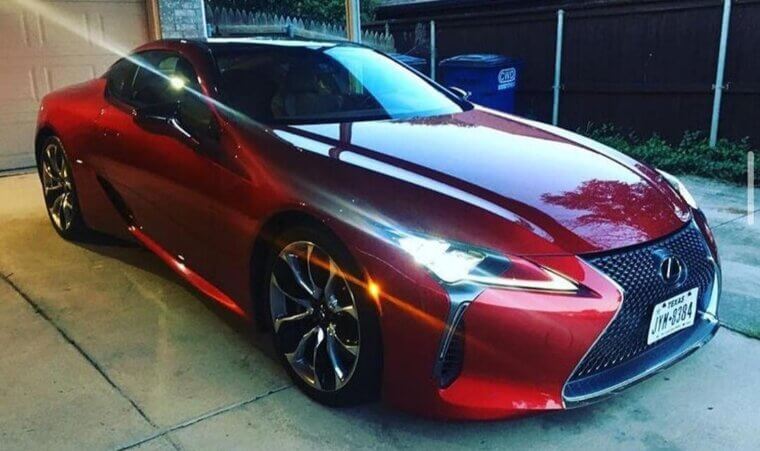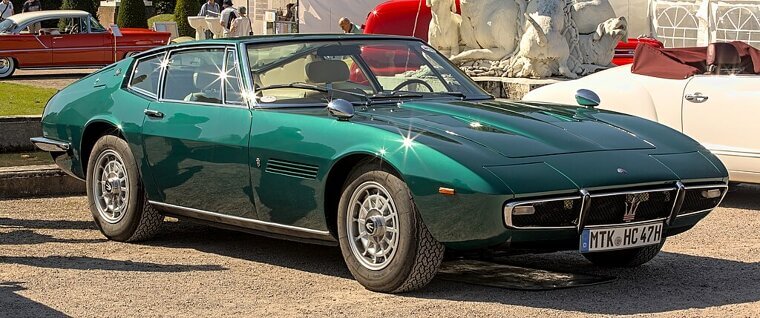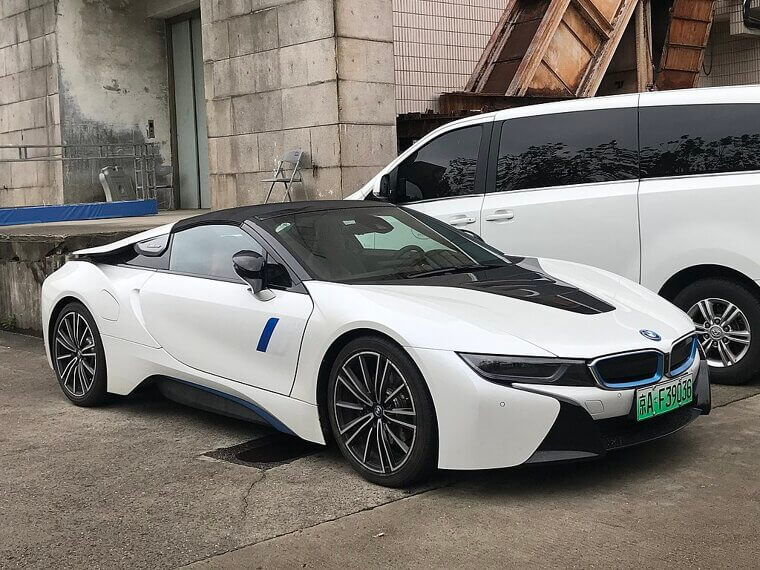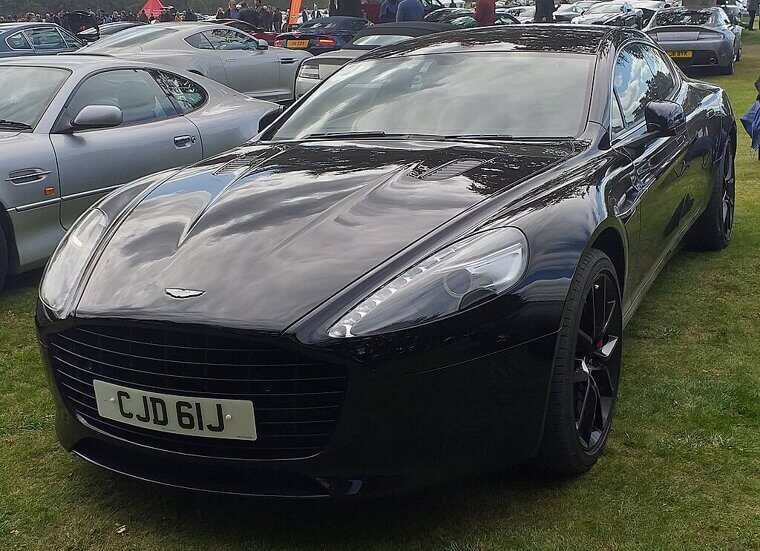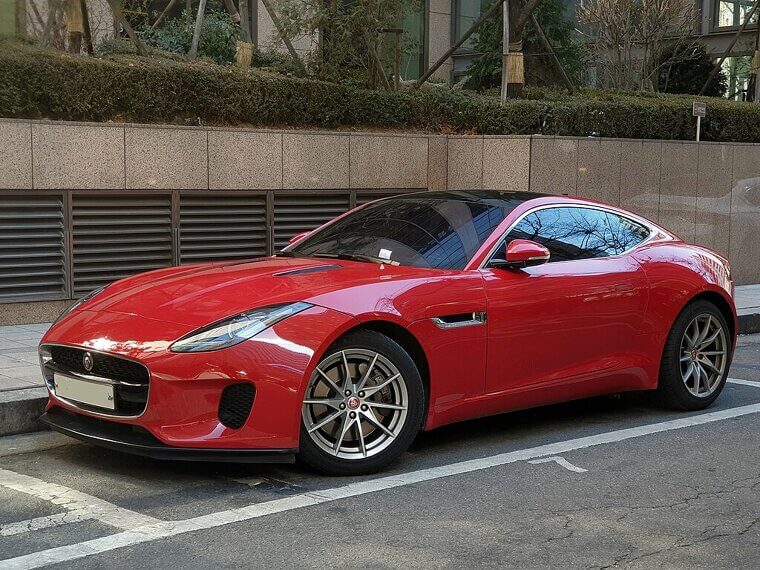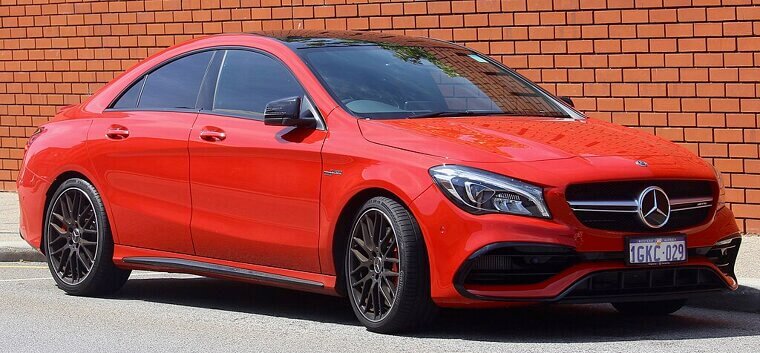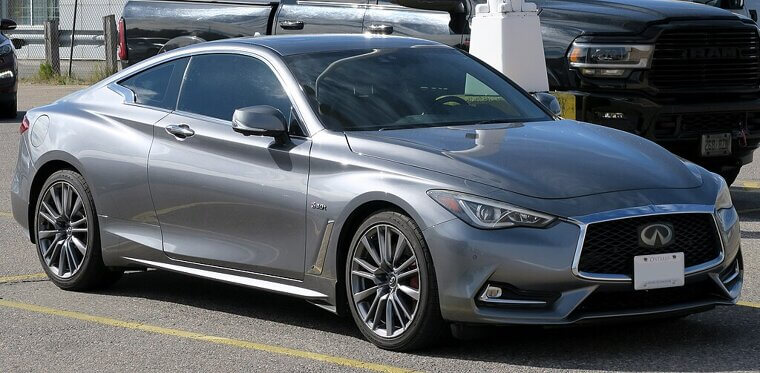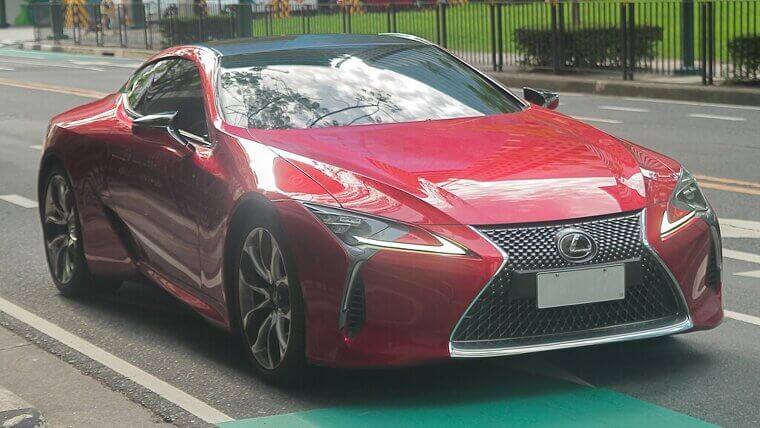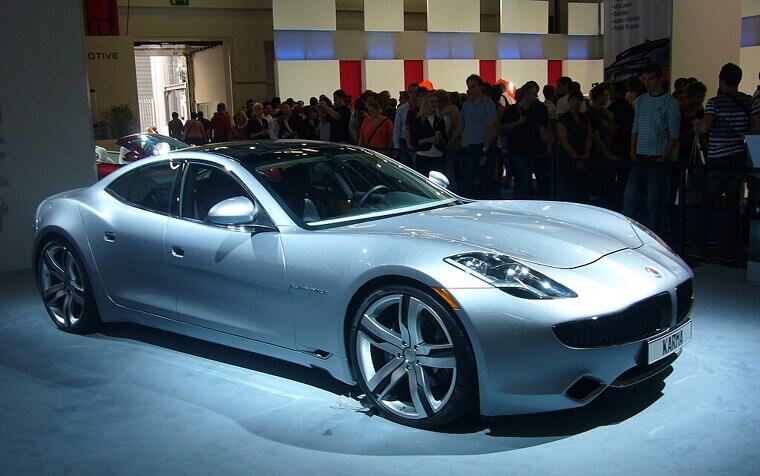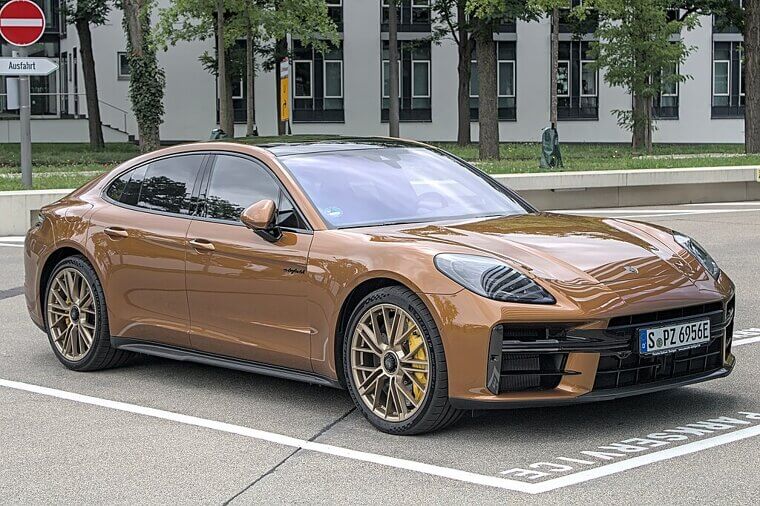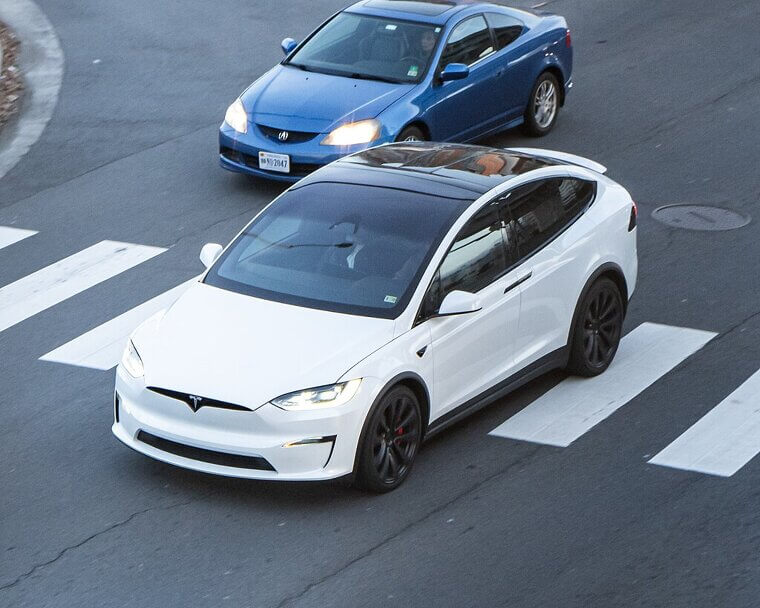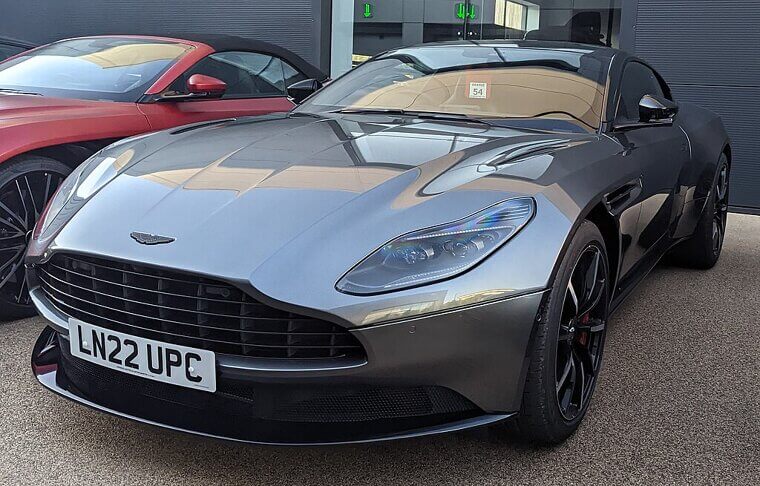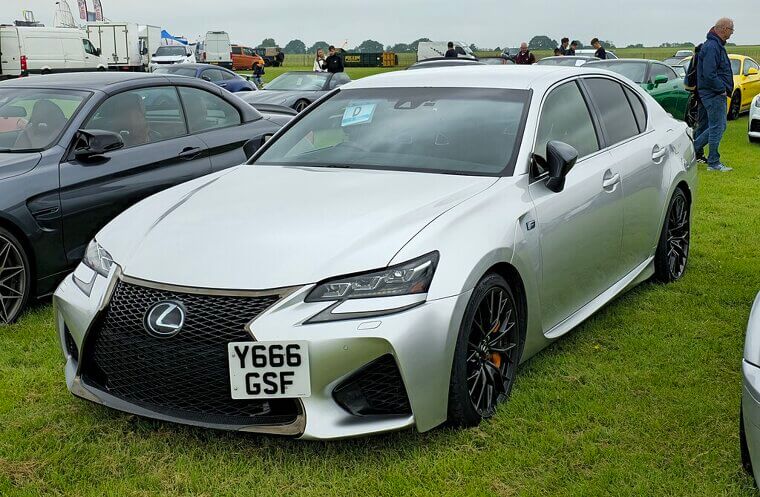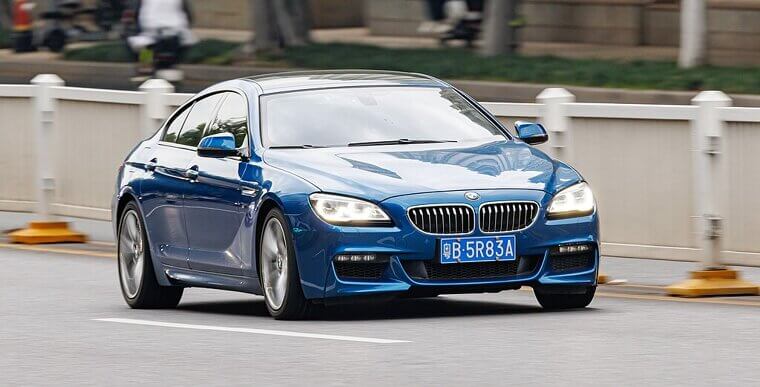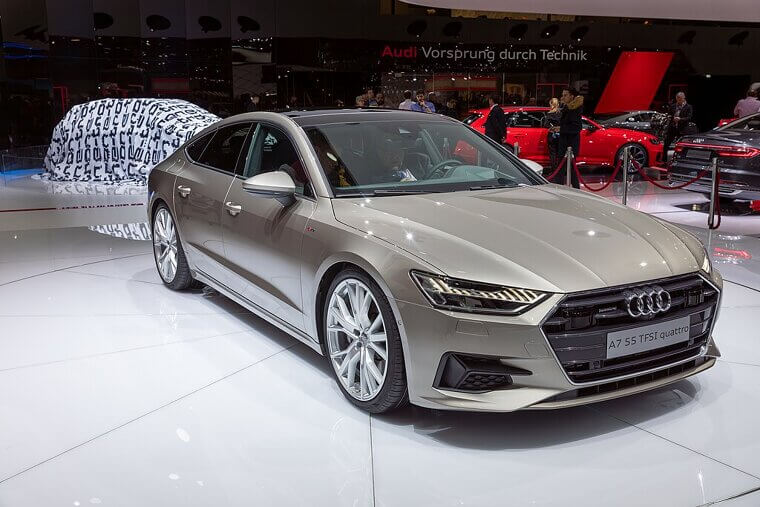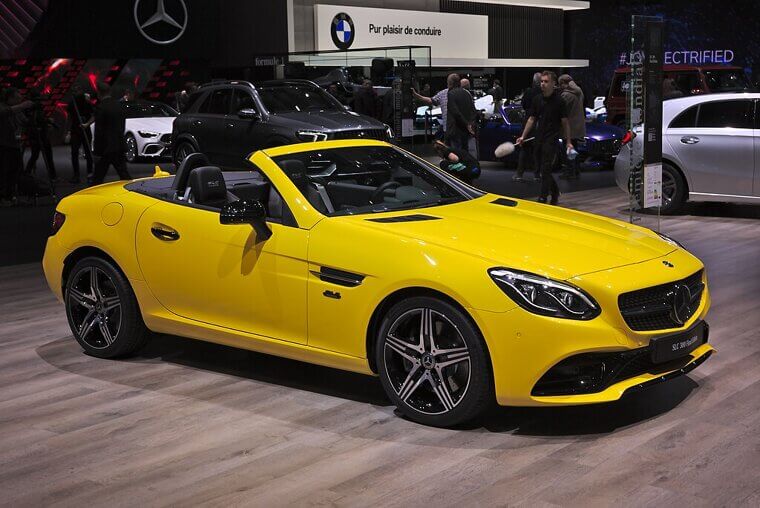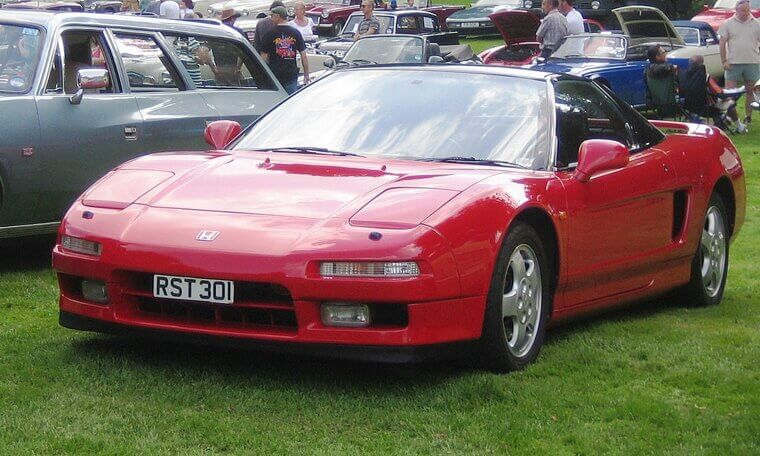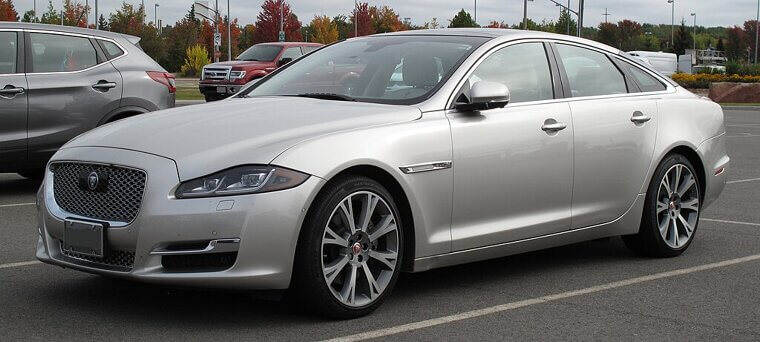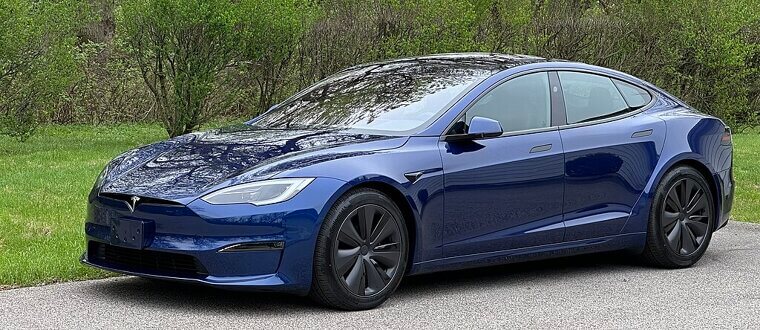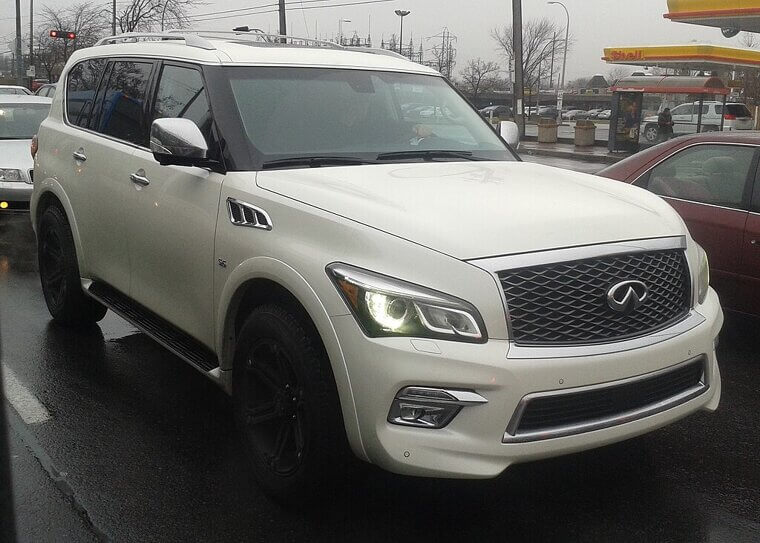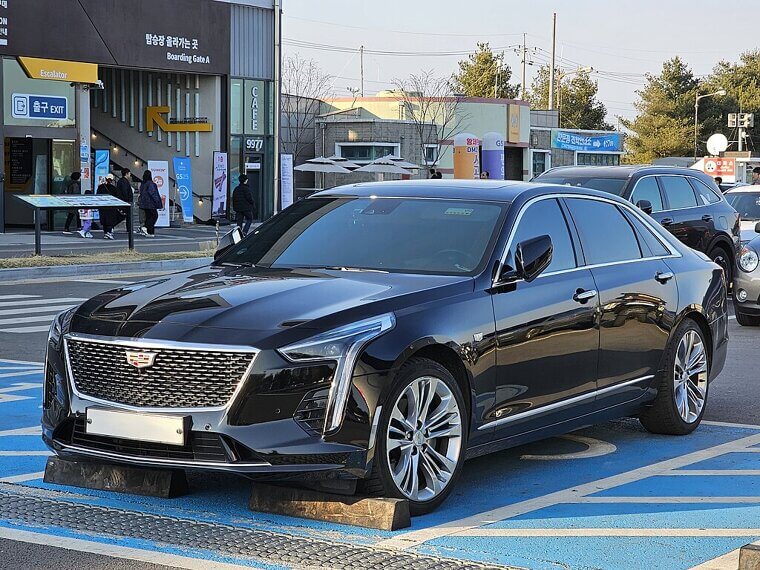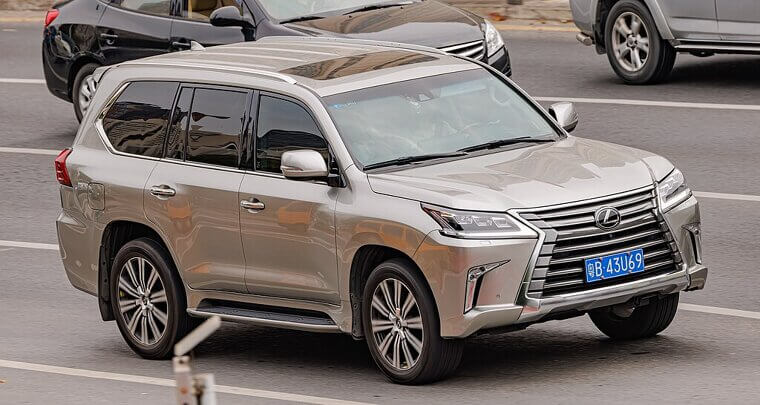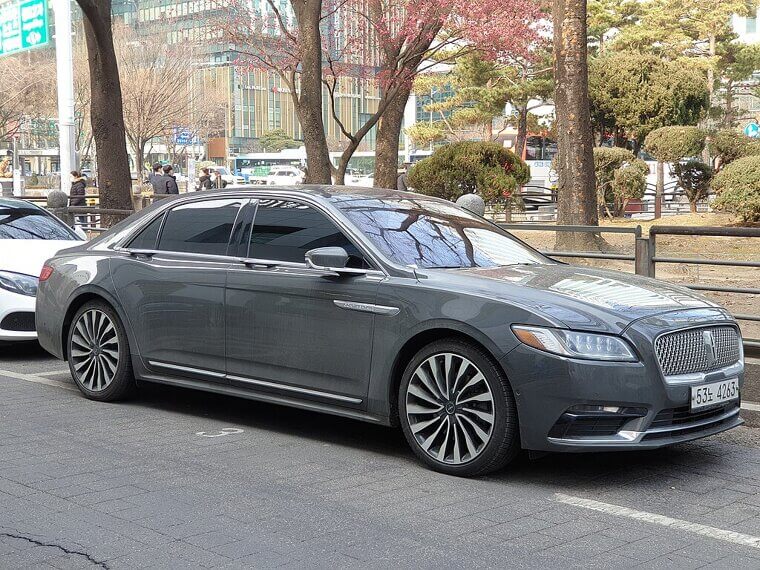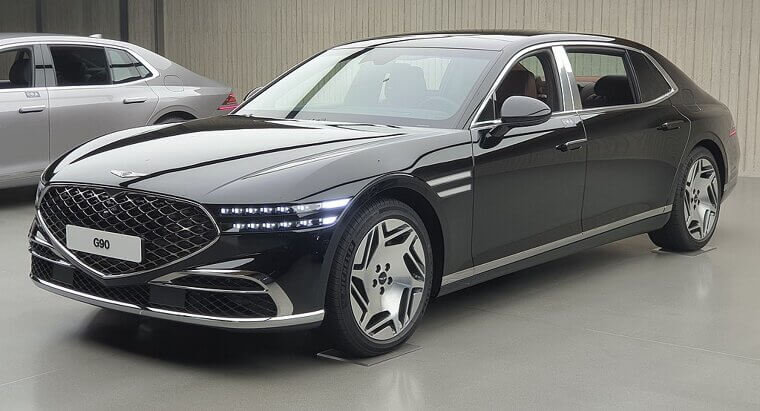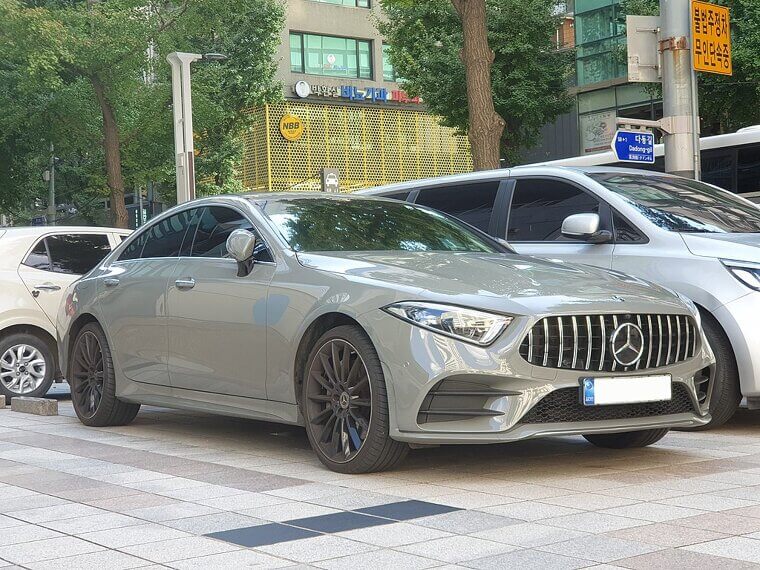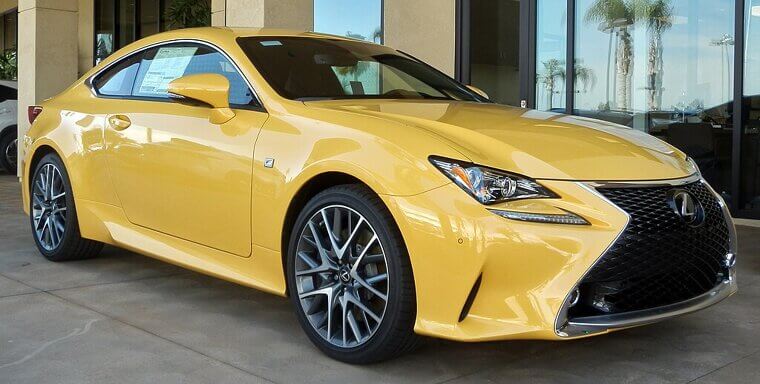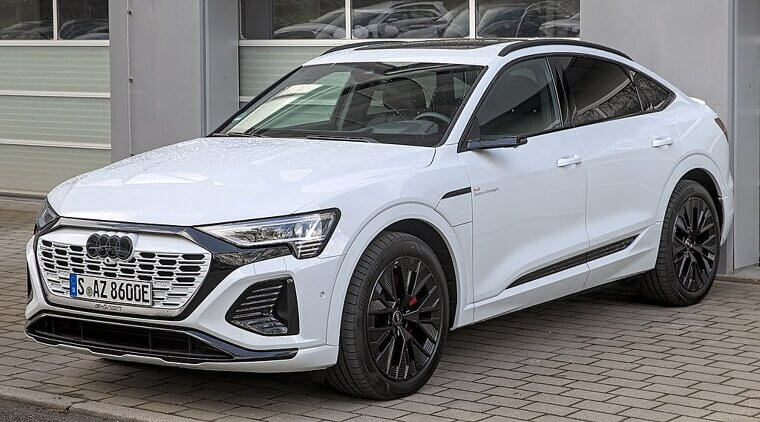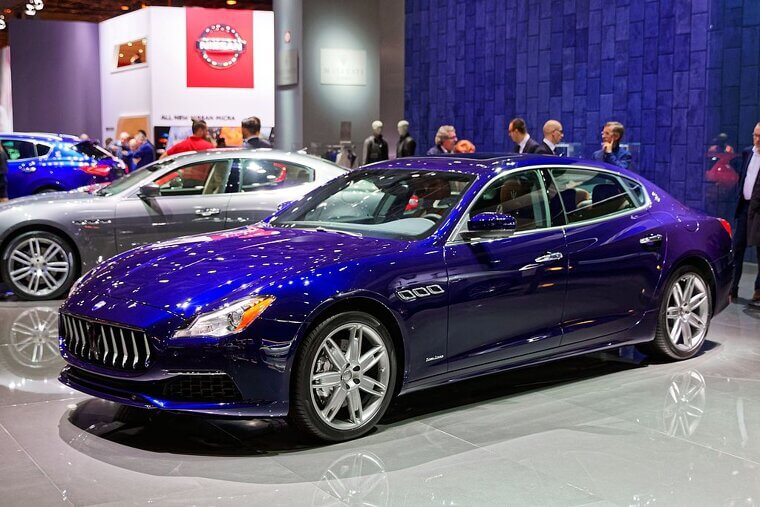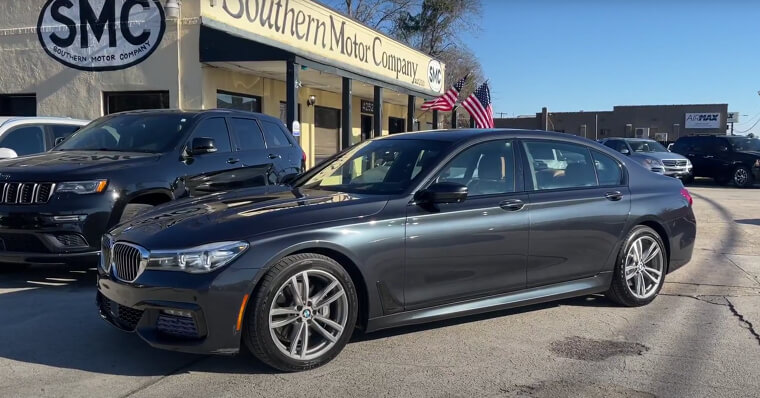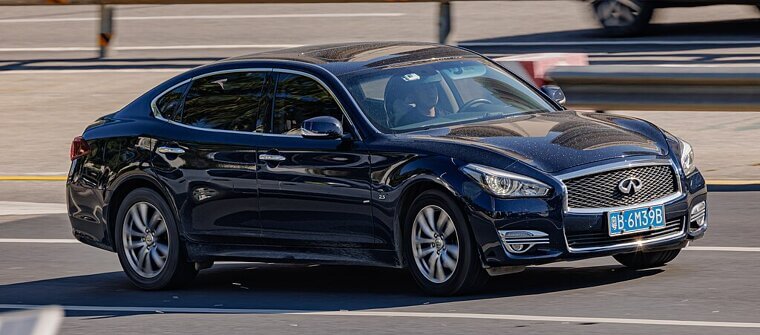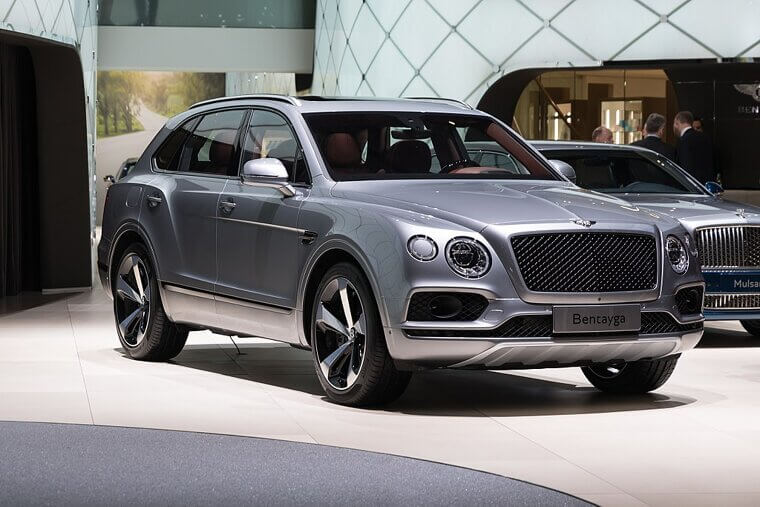Luxury-Priced Cars With Mediocre Performance
Luxury and price tags don’t always guarantee performance. Some high-end vehicles promise thrills, then underdeliver once you’re behind the wheel! Whether it’s sluggish acceleration, dull handling, or outdated tech, these cars cost a fortune, but leave drivers wanting more… and not in a good way.
Maserati Ghibli (2014–present)
Despite the exotic badge and sleek silhouette, the Ghibli doesn’t deliver the precision or speed expected at its price point. The base engine feels underwhelming, the handling lacks refinement, and the interior can’t compete with rivals like BMW or Audi.
BMW I8 (2014–2020)
While it was visually stunning and ahead of its time, the i8 struggled to bridge the gap between hybrid efficiency and providing sports car dynamics. This is largely due to the three-cylinder engines feeling out of place, but the driving experience also lacks the visceral thrill of similarly priced competitors.
Aston Martin Rapide (2010–2020)
Four doors and a V12 engine should be a recipe for excellence, but the Rapide failed to deliver the promise. It looks incredible and carries prestige, but the heavy chassis, cramped rear seats, and dull driving dynamics make it more of a showpiece than a real driver's car.
Jaguar F-Type P300 Coupe (2017–present)
The base F-Type comes with style in spades, but its turbocharged four-cylinder doesn’t provide the winning hand to match. It looks ready to pounce, but feels like a domesticated house cat under acceleration, especially when compared to higher trims or similarly priced rivals.
Mercedes-Benz CLA 45 AMG (2014–2025)
Built to be the “baby AMG,” the CLA 45 wears the badge but doesn’t fully live up to the legend. It’s fast in a straight line, sure, but its harsh ride, twitchy handling, and front-wheel-drive roots betray its premium price tag and make the badge feel more like it was stolen than earned!
Infiniti Q60 Red Sport 400 (2017–2022)
With 400 horsepower and sculpted styling, the Q60 Red Sport hyped up excitement, but delivered a driving experience lacking engagement. Steering feels vague, and the chassis can’t quite translate the power into cornering confidence. It looks fast, but it drives detached.
Lexus LC 500 (2017–present)
This car looks like a futuristic concept brought to life; however, its performance never quite matches the promise. Its V8 engine sounds like the wrath of mechanical angels, but the weight holds it back on tighter roads. It leans more into grand tourer territory than performance coupe lands, despite its aggressive presence.
Cadillac ELR (2014–2016)
This plug-in luxury coupe shared DNA with the Chevy Volt, yet it carried a dramatically inflated price tag. Despite handsome styling and premium touches, the ELR was slow and uninspired - especially when compared to other hybrids or luxury EVs - which isn’t what you'd expect for the price tag.
Fisker Karma (2011–2012)
The Karma dazzled with concept-car looks and eco-luxury promises, but the execution was an anticlimax. Its hefty weight and an underwhelming powertrain led to lethargic performance; its short-lived run and reliability woes only added insult to injury.
Porsche Panamera 4 E-Hybrid (2017–2023)
The Panamera E-Hybrid offers a sleek exterior and Porsche badge, but its weight blunts both performance and driver engagement. Sure, its acceleration is quick on paper, but it feels dull in reality; meanwhile, its handling leans more into a limo experience than a sports sedan.
Tesla Model X (2015–present)
Tesla are renowned for their EVs, and the Model X certainly has tech and straight-line speed. On the other hand, its clunky handling and inconsistent build quality drag down the experience. The flashy Falcon Wing doors and premium price don’t mask the fact that it often feels unfinished.
Aston Martin DB11 V8 (2017–2023)
Aston Martin's design language is top tier, but the DB11 V8 sacrifices performance for looks. For example, while it’s refined and comfortable, it’s nowhere near as agile or quick as expected. Competing GTs offer sharper driving dynamics for far less money, so essentially you’re paying for the badge and prestige.
Lexus GS F (2016–2020)
While the naturally aspirated V8 engine is a highlight, the GS F’s dated infotainment, soft suspension, and lackluster performance make it feel more executive cruiser than performance sedan. If you’re after reliability, it does have something to offer; if you’re looking for thrills, look elsewhere.
BMW 6 Series Gran Coupe (2012–2019)
The Gran Coupe flaunts a gorgeous profile and luxurious cabin, but its size and weight limit any sporting potential. Even the higher trims feel more floaty than fierce! It’s a GT in disguise, and as a result it won’t delight dedicated drivers looking for zing.
Audi A7 55 TFSI E (2020–present)
This plug-in hybrid luxury sedan has a futuristic aesthetic and it’s efficient, yet its dull throttle response underwhelms on the road while the added battery weight impacts agility. It has plenty of impressive tech, but alas that doesn’t make it fun to drive!
Mercedes-Benz SLC 300 (2017–2020)
On paper, the SLC 300 looks like a refined roadster with upscale flair. But in practice, it’s a slow, uninspired drive - its four-cylinder engine lacks spirit, the steering feels vague, and the driving experience falls short of its premium price, leaving you wanting more bang for your buck.
Acura NSX (2016–2022)
The reborn NSX came with hybrid tech, stunning styling, and a hefty price… but it lacked the driver engagement people expected. It’s got an impressive turn of speed, but the clinical feel and overengineered nature of its construction make it more digital than visceral.
Volvo S90 Recharge (2021–present)
Volvo put all of its focus on loading the S90 Recharge down with luxurious trappings and packing it with tech, and in doing so it forgot to deliver a dynamic performance! The hybrid powertrain feels sluggish at times, and the handling is tuned more for comfort over sport, resulting in a disjointed driving experience.
Maserati Levante (2016–present)
Aggressive styling and a performance badge suggest SUV thrills, but the Levante doesn’t cash the check it wrote. The ride can be choppy, its handling lacks finesse, and build quality falls short for a luxury SUV in this price range.
Jaguar XJ Supercharged (2010–2019)
It’s got a supercharged V8 engine and sharp design, yet the XJ fails to deliver on-the-road satisfaction. You could blame the light steering or loose body control, but essentially the car leans too far into comfort, leaving spirited drivers looking for a jungle cat and finding a tabby.
Tesla Model S Plaid (2021–present)
The Plaid is brutally quick in a straight line, but cars have wheels that turn, and that’s where things go awry. Said steering feels numb and build quality remains inconsistent. The ride isn’t as refined as its price suggests, and speed alone doesn’t make for a great driver’s car.
BMW X6 M (2015–present)
It’s fast and flashy, but the X6 M’s weight and high center of gravity hamper its driving dynamics. It struggles to deliver true sports car handling, so rather than an agile punchy machine it delivers an experience more akin to a back alley bruiser - it’s all power and no finesse.
Infiniti QX80 (2014–present)
This massive luxury SUV comes with premium intentions; however, the experience doesn’t match the cost. It feels outdated inside, drives more like a truck than a refined cruiser, and lacks the handling sharpness found in newer rivals.
Cadillac CT6 Platinum (2016–2020)
It’s got plenty of space and tech aplenty, but the CT6 Platinum doesn’t cause excitement behind the wheel. Its performance - which is actually reasonable - is hampered by a soft suspension, dull steering, and overall detachment that make it more “luxury lounge” than “luxury performance sedan.”
Lexus LX 570 (2008–2021)
It’s built like a tank and has some off-road flex, but the LX 570 feels ancient compared to modern luxury SUVs. On the road, its performance is sluggish, and the ride is floaty, so the high price doesn’t reflect its outdated driving experience.
Lincoln Continental Black Label (2017–2020)
While oozing elegance thanks to its plush interior and distinctive styling, the Black Label Continental doesn’t deliver the performance expected from a flagship sedan. The ride is soft, handling uninspiring, and its twin-turbo V6 lacks the punch to justify the price
Alfa Romeo Stelvio Quadrifoglio (2018–present)
On paper, this Italian SUV screams excitement, but in practice, it’s a mixed bag. While powerful, the ride is harsh, and long-term reliability remains a major concern. At this price, a performance SUV should do more than just accelerate quickly.
Genesis G90 (2017–present)
Genesis has made waves in the luxury world, but the G90’s all plush and no push. It’s smooth and refined, though when it comes to dynamic steering and spirited acceleration, it’s found lacking. At luxury flagship prices, that missing thrill is painfully noticeable.
Mercedes-Benz CLS 450 (2019–present)
This four-door coupe delivers sleek styling and brand prestige. Its mild-hybrid system offers little excitement, though! The acceleration feels tepid for the price, while the driving experience is more detached than dynamic.
Lexus RC 350 (2015–present)
Sharp lines and an aggressive grille set the expectations bar high, but contrary to its appearance, the RC 350 is a cruiser, not a sprinter. The V6 feels outdated compared to rivals; the chassis also fails to deliver the finesse you’d expect from its sporty appearance.
Audi Q8 (2019–present)
Bold, imposing, and luxurious, the Q8 promises sportiness but rarely delivers. Its handling is competent but uninspired, and even higher trims struggle to balance the line between performance and plushness. It’s expensive, but it won’t rock your socks.
Maserati Quattroporte S Q4 (2013–present)
Despite wearing the Trident badge, this luxury sedan is grand… it’s just not a grand tourer. Its steering lacks sensation, the cabin tech is dated, and its real-world acceleration doesn’t impress. It’s a performance car in appearance only.
BMW 7 Series 740i (2016–2022)
The 7 Series offers cutting-edge comfort; if you opt for the base 740i trim though, it doesn’t move the needle. With modest power and heavy curb weight, it leans too far into executive softness, sacrificing any sense of driving engagement.
Infiniti Q70L (2015–2019)
This long-wheelbase luxury sedan delivers space and comfort at the cost of excitement. It drives like an older car, with numb steering and lackluster acceleration; at its price point, newer alternatives offer far better performance.
Bentley Bentayga V8 (2018–present)
It’s a Bentley - so the badge alone brings flex - yet the V8 Bentayga doesn’t live up to the performance luxury billing or the prestige. The ride can feel jittery, its handling lacks sharpness, and at six figures, it should feel more special behind the wheel.

